|
The landscape of western Iowa was formed primarily by wind and water. Several distinct landforms are visible along Western Skies Scenic Byway, which parallels Interstate 80 through Harrison, Shelby, Audubon and Guthrie counties. The Loess Hills are deposits of aeolian (wind-blown) silt up to 200 feet high. The Hills parallel the wide, flat Missouri Alluvial Plain immediately to their west. Some of the larger river valleys also feature flat, relatively wide floodplains. 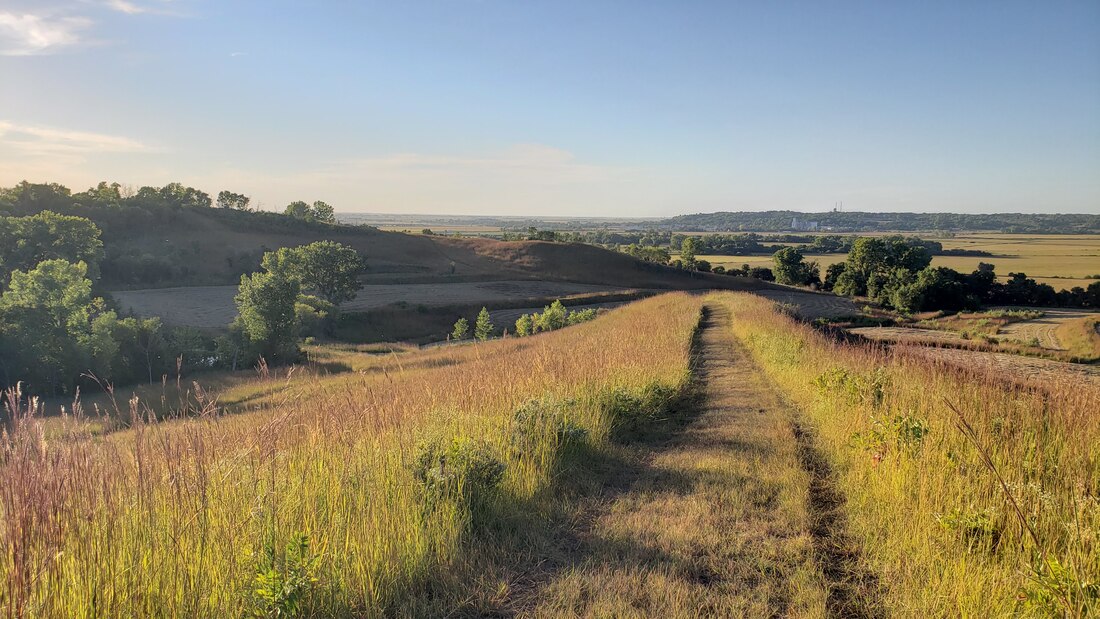 The Loess Hills near Missouri Valley in Harrison County. The flat Missouri Alluvial Plain is in the background on the left side of the photo, and the Boyer River Valley is the flat area on the right side. The city of Missouri Valley is located at the confluence of these two valleys. Photo taken by Lance Brisbois at Old Town Conservation Area. East of the Loess Hills lies the Southern Iowa Drift Plain. Here, streams and rivers have carved valleys, resulting in a rolling landscape. Driving west to east along Western Skies Scenic Byway, you will almost always be going up or down. On the eastern edge of the Byway is the Des Moines Lobe. This area was covered during the most recent glaciation, and the land is mostly flat. It was home to many wetlands and small lakes called prairie potholes, though most of the land has been drained for cropland. Around Panora and to the north and east, you will notice the landscape is much less rolling than it is to the south and west. Retreating glaciers left terminal moraines, or visible ridges where the glacier stopped advancing. A terminal moraine is visible in northern Guthrie County near Whiterock Conservancy. Whiterock is also home to a kame, which is a gravelly mound deposited by the retreating glacier. Wind and water also contributed to historic and current vegetation and land use. Most of the landscape was prairie, with scattered savanna and open woodlands. The Missouri River and other floodplains had some dense stands of forest. A few places in the steep Loess Hills were fairly wooded. The Des Moines Lobe was primarily wetlands with countless ponds and small lakes. Nearly all of the prairies and wetlands have been converted to cropland, except for the steepest areas where farm machinery cannot safely navigate. Many of those areas are instead grazed or hayed pasture now. More than half of Iowa's remaining prairies are located in the Loess Hills. 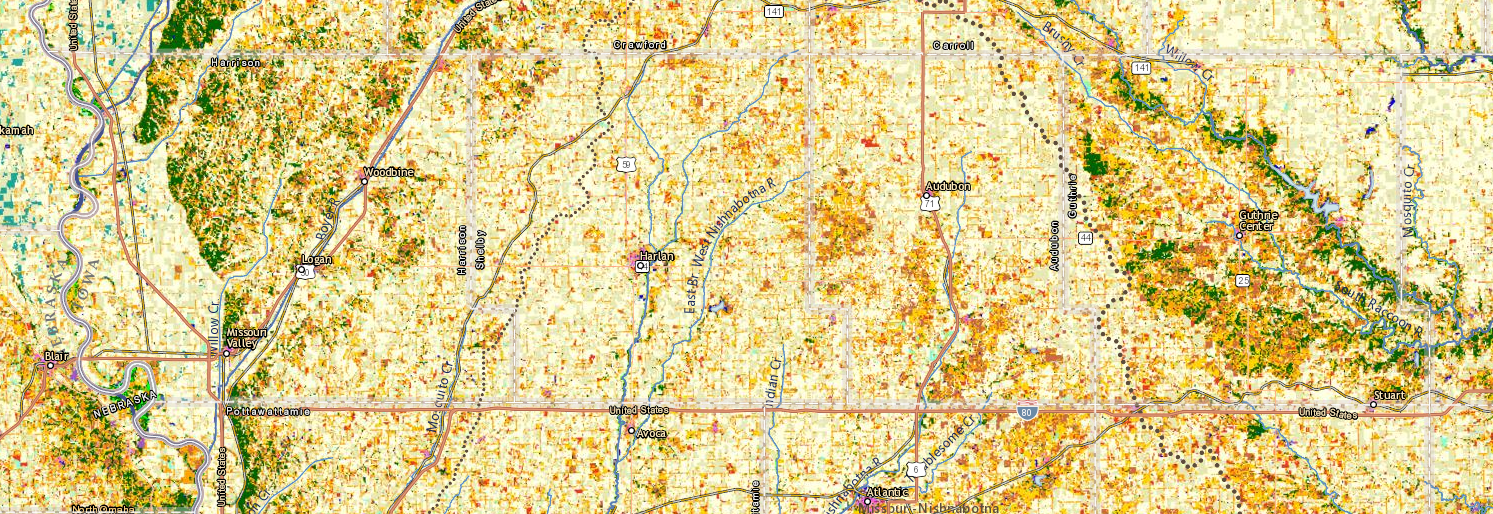 Modern land uses and vegetation along Western Skies. Tan is cropland, orange and gold are pastures, green is woodland. Notice how well the cropland aligns with the prairies, except for the steepest areas that are now mostly pasture. Source: Iowa Geographic Map Server (https://isugisf.maps.arcgis.com/apps/webappviewer/index.html?id=47acfd9d3b6548d498b0ad2604252a5c) Over several thousand years, drainage networks formed throughout the region, creating small streams, larger rivers, and watersheds. A watershed is the area of land that drains into a specific body of water. Watersheds are categorized by Hydrologic Unit Codes (HUCs) based on their size. HUC-8 watersheds are larger, including the Boyer & Mosquito in Harrison County, West Nishnabotna in Shelby County, East Nishnabotna in Audubon County, , and the Raccoon in Guthrie County. Tributaries of the HUC-8 rivers are HUC-12 watersheds. Driving from east to west, you will cross a new HUC-12 watershed every few miles. West of Guthrie Center on Highway 44, you will cross the Missouri-Mississippi watershed divide. Rainfall and snowmelt on the east side of this subtle ridge eventually flows into the Mississippi River, while water on the west side of the line makes its way into the Missouri River. Although barely visible, This divide separates two of the largest river systems on the continent. As you cross the divide, notice how streams change from flowing southwesterly on the west side to southeasterly on the east side. The drainage and valley patterns are believed to have contributed to pre-colonization vegetation. Hot, dry southwest winds likely carried fire longer distances up the river valleys and ridges west of the M&M divide. East of the divide, streams ran perpendicular to the prevailing winds, each offering a barrier to fire systems. The Missouri-Mississippi divide is generally a line of highest elevation from northwestern to south-central Iowa.  Elevation map of Western Skies counties. Green is lowest (river valleys), then yellows, reds, and gray/white is the highest elevation. The M&M divide runs through the whitish area. Map source: : Iowa Geographic Map Server - https://isugisf.maps.arcgis.com/apps/webappviewer/index.html?id=47acfd9d3b6548d498b0ad2604252a5c These relatively higher elevations offer some of the greatest wind energy potential in the state. Driving across the Byway, you will likely see some wind farms in addition to the many historical windmills dotting the landscape. Next time you visit Western Skies Scenic Byway, try to identify the landforms and watersheds and note how wind and water have shaped the land over time!
0 Comments
On Thursday, September 3, wildland firefighters from six conservation organizations conducted a prescribed burn at Murray Hill Scenic Overlook and Loess Hills State Forest in Harrison County. Many people have gotten used to seeing spring and fall burns, but early September has not been a common time to burn. Due to the severe drought in western Iowa, fuels are especially dry this year and burned exceptionally.
Local agencies have started conducting more late summer (growing season) burns to see how the results compare to fires at other times of year. There is evidence that fire may have historically been prevalent at this time of year due to lack 0f rainfall and prevailing dry, southwesterly winds in late summer. The primary goal of growing season burning is to set back woody vegetation (trees and shrubs) that can invade and take over the remnant prairies. Loess Hills prairies evolved over thousands of years with regular fire regimes. Some were started by lightning, and more were started by indigenous peoples to improve habitat for hunting and food production. Fires likely swept through the Loess Hills once every few years, possibly even annually. After European colonization, fires largely ceased and trees encroached onto the grasslands. Fire may have been used as a management tool for as long as people have lived in the Loess Hills, but conservation groups have only realized its importance within the past few decades.
To start the day, the crew met and reviewed the plan for the day. The main unit included Murray Hill Scenic Overlook on the north side, bounded by Easton Trail (county blacktop road), following a ridgeline to the southeast and including a portion of the adjacent Loess Hills State Forest to the south. Brent's Trail, a popular new hiking trail, runs through this unit.
Firebreaks were cleared a day before the burn to provide clear boundaries within which the fire would be contained. Firebreaks can include mowed paths, roads, waterways, or other barriers that will not readily burn.
Firefighters broke into four divisions for different tasks. Fires were ignited from different sides to burn into each other. Firefighters watched the lines to ensure fire stayed within the burn unit. The unit included prairies, woodlands, and pasture with different fuel types and topography, each with their own unique fire behavior.
After the Murray Hill fire was completed, the group burned a four-acre unit that was recently acquired by Harrison County Conservation Board immediately west of Murray Hill. This steep area included hillside covered with eastern red cedar trees, which can become problematic and invasive when not kept in check with fire and grazing animals. The cedars tend to crowd out other native prairie species and create a coniferous monoculture.
Since the trees were so dry, many torched rapidly leaving only charred trunks and branches. These cedars will not grow back, and the prairie seed bank in the soil will flourish with the sunlight that is once again able to reach the ground.
The photos below show the landscape one day after the burn. Most of the prairie grasses and flowers are gone, but since the prairies evolved with fire, the hillsides will quickly turn green next spring. Some plants will even reemerge within the next week or so. Local land managers are hopeful that this fire will help restore a thriving, healthy prairie ecosystem that has not seen a growing-season burn in many decades.
For more information about prescribed fire. visit the links below.
|
Archives
June 2024
Categories
All
|
Address712 South Highway Street
P.O. Box 189 Oakland, IA 51560 |
ContactPhone: 712-482-3029
General inquiries: [email protected] Visit our Staff Page for email addresses and office hours. |

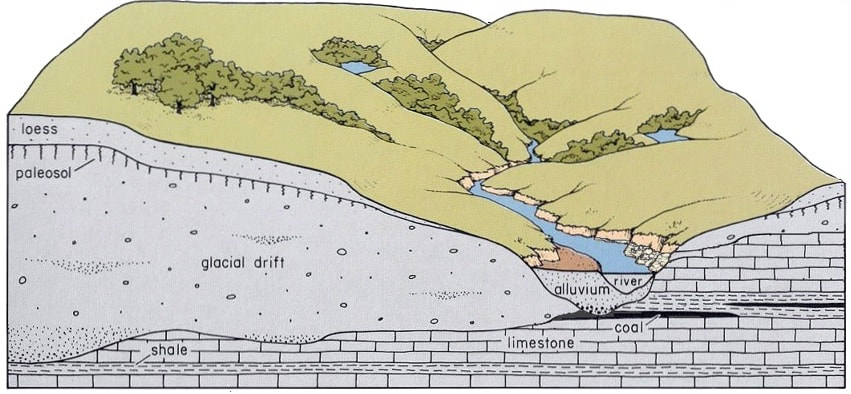
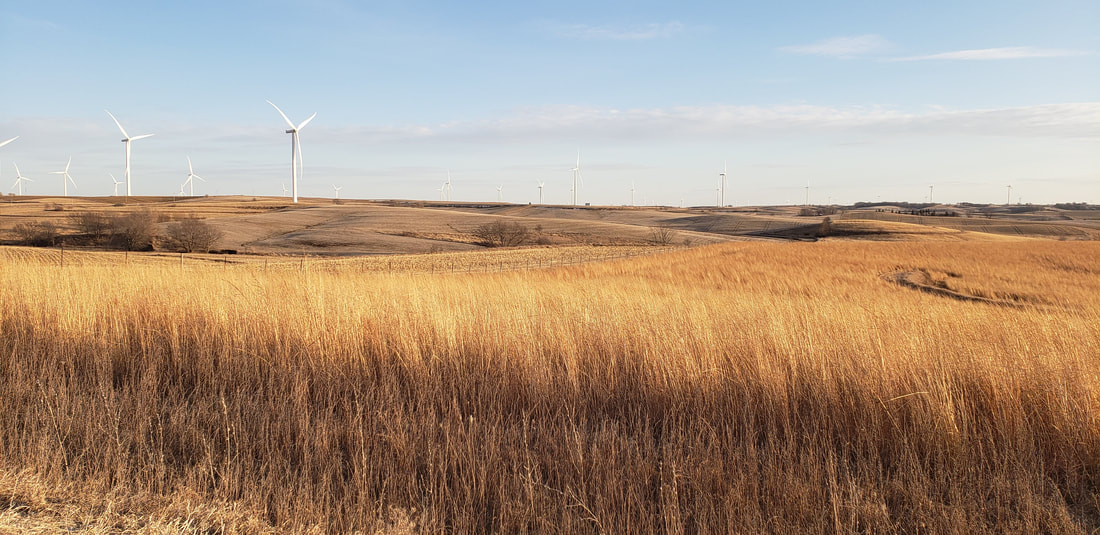
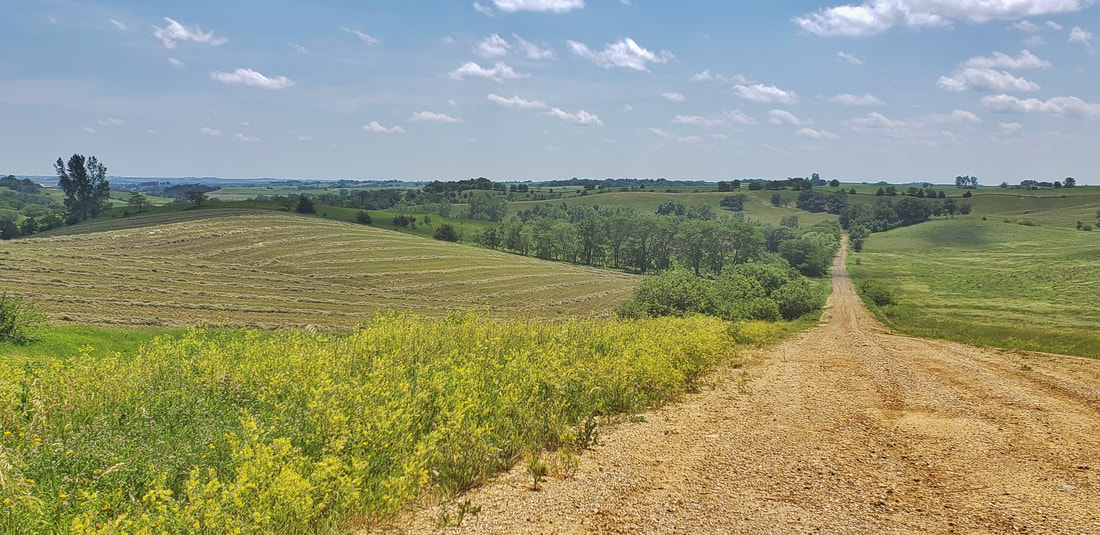
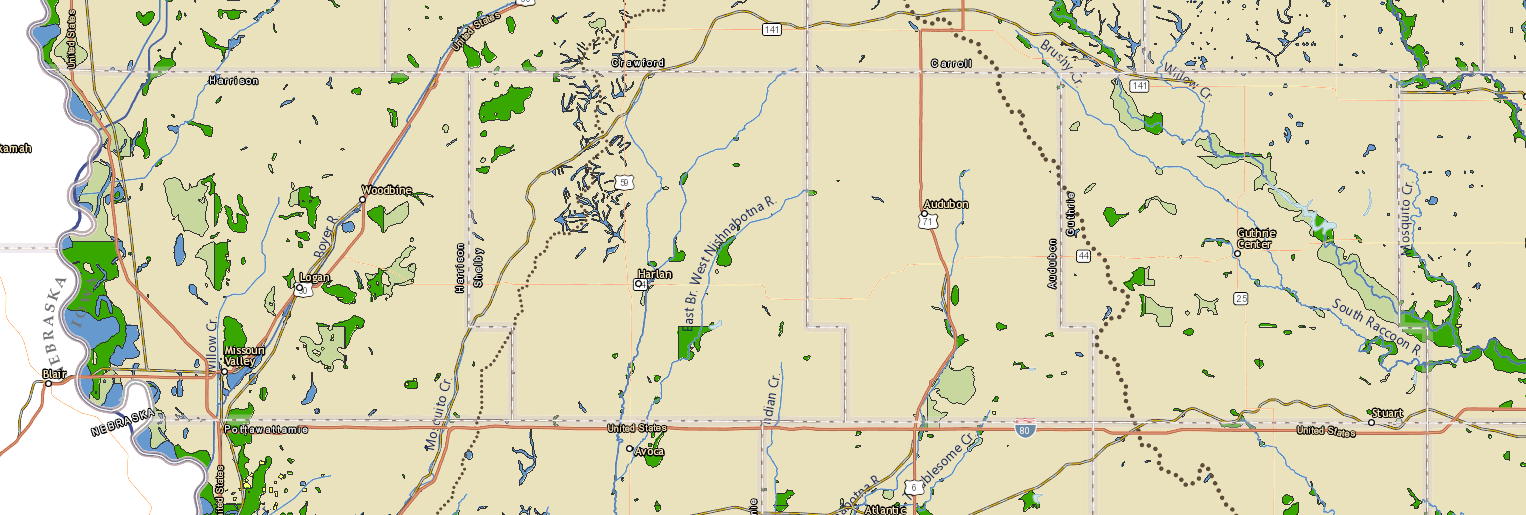


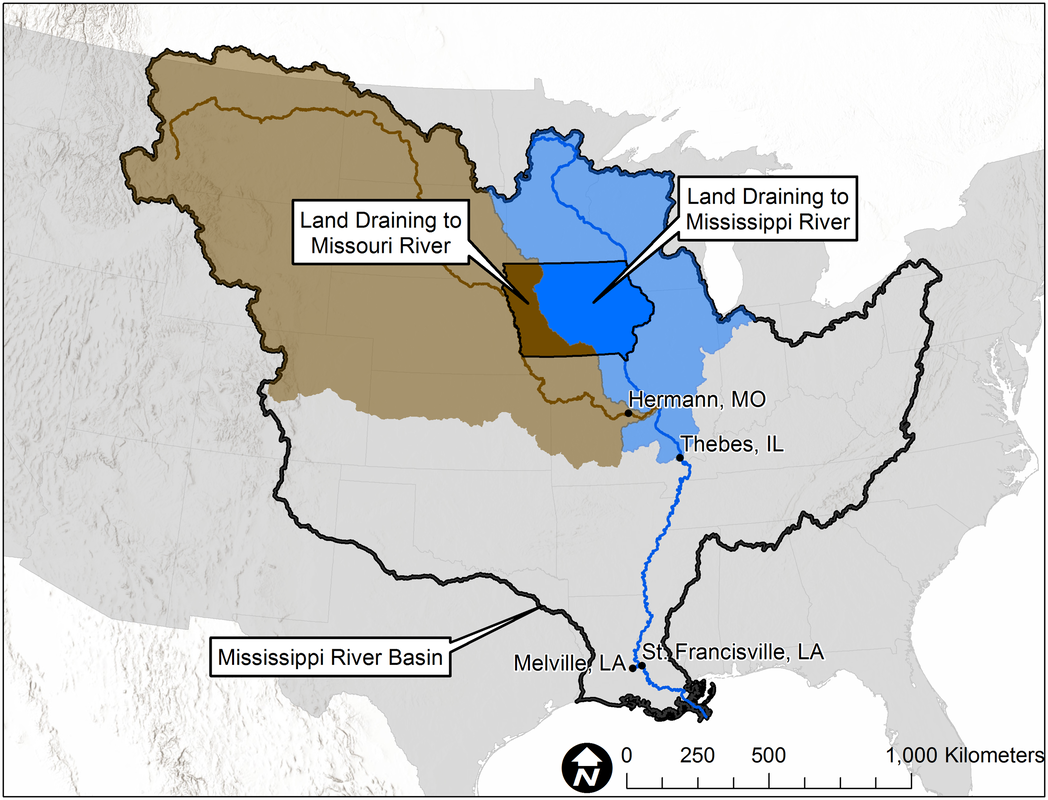
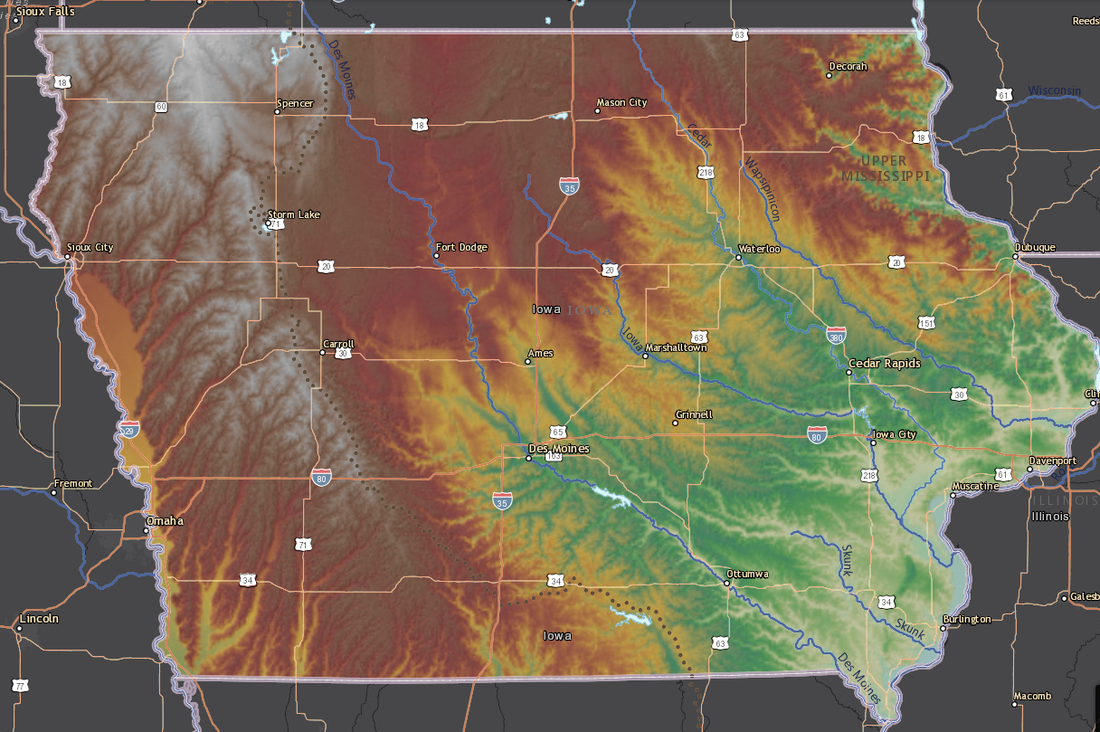
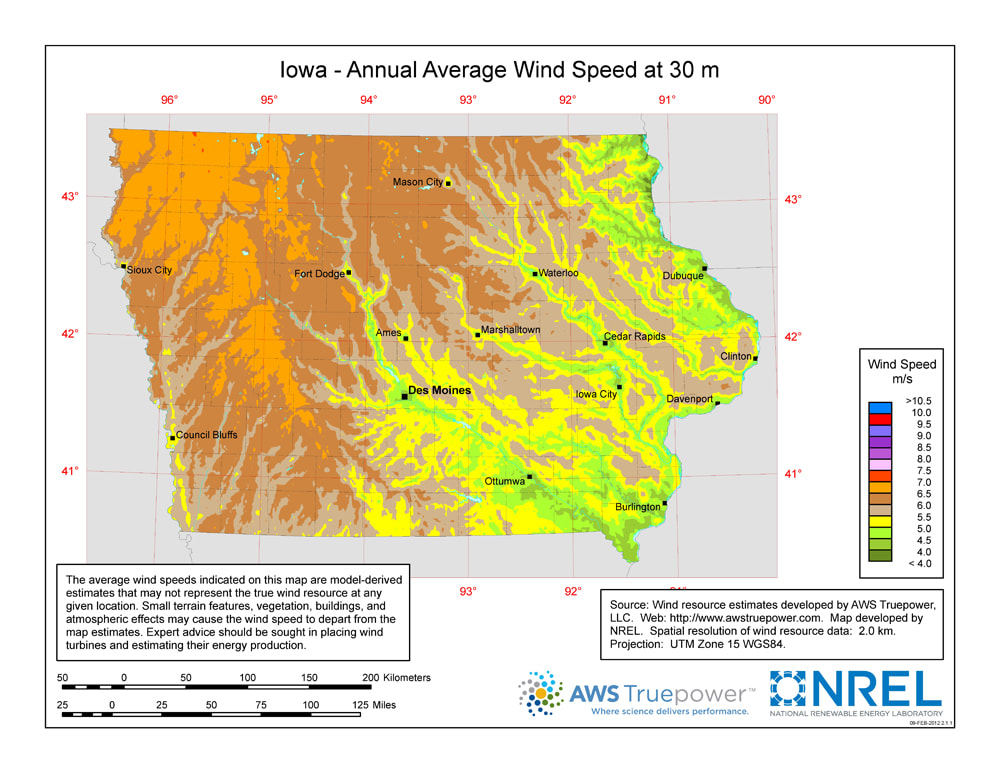
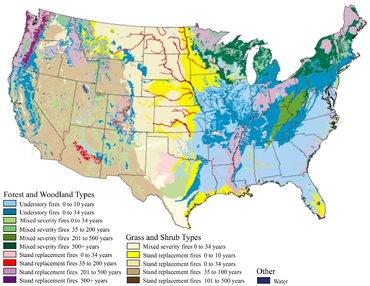
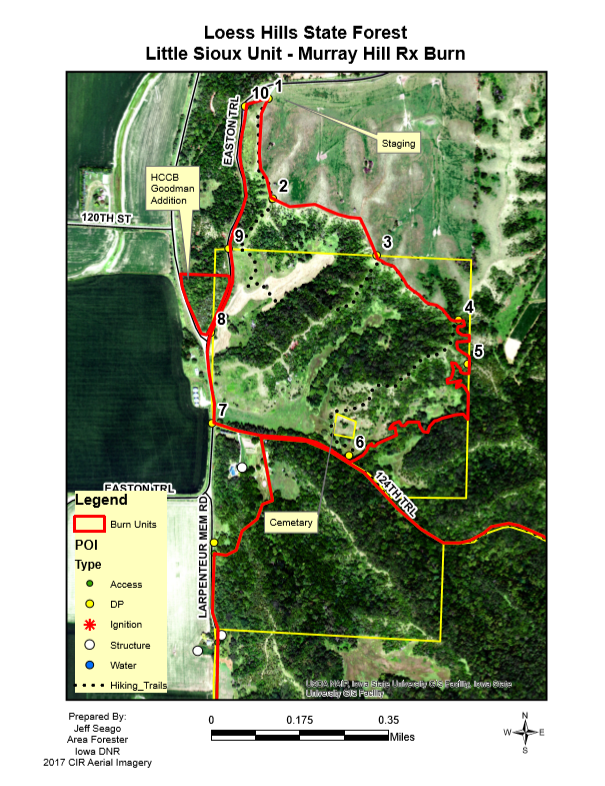
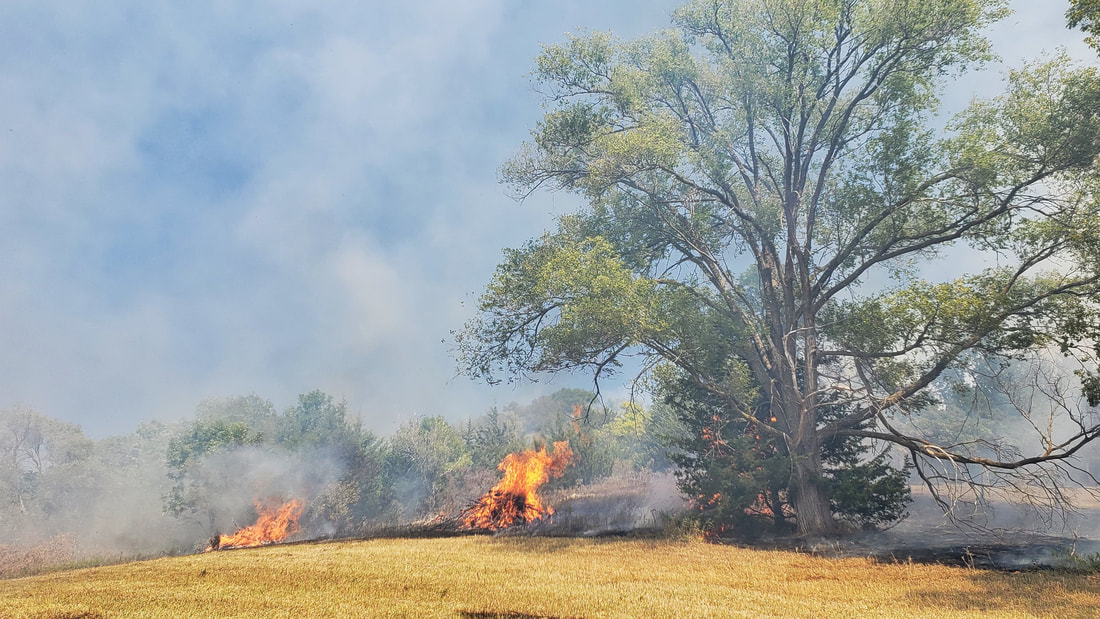
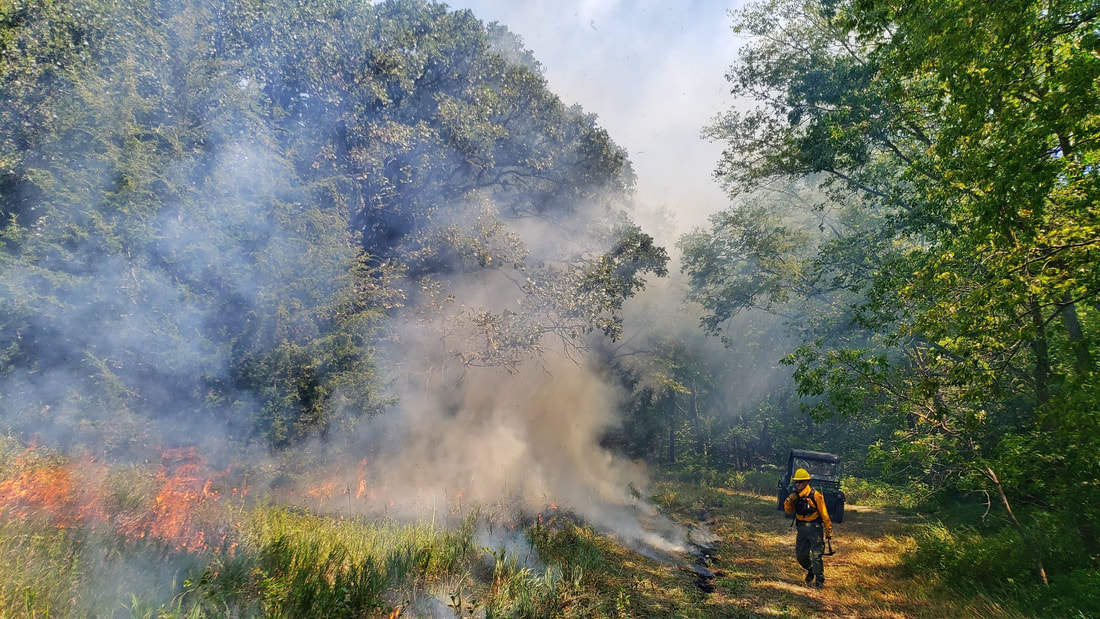
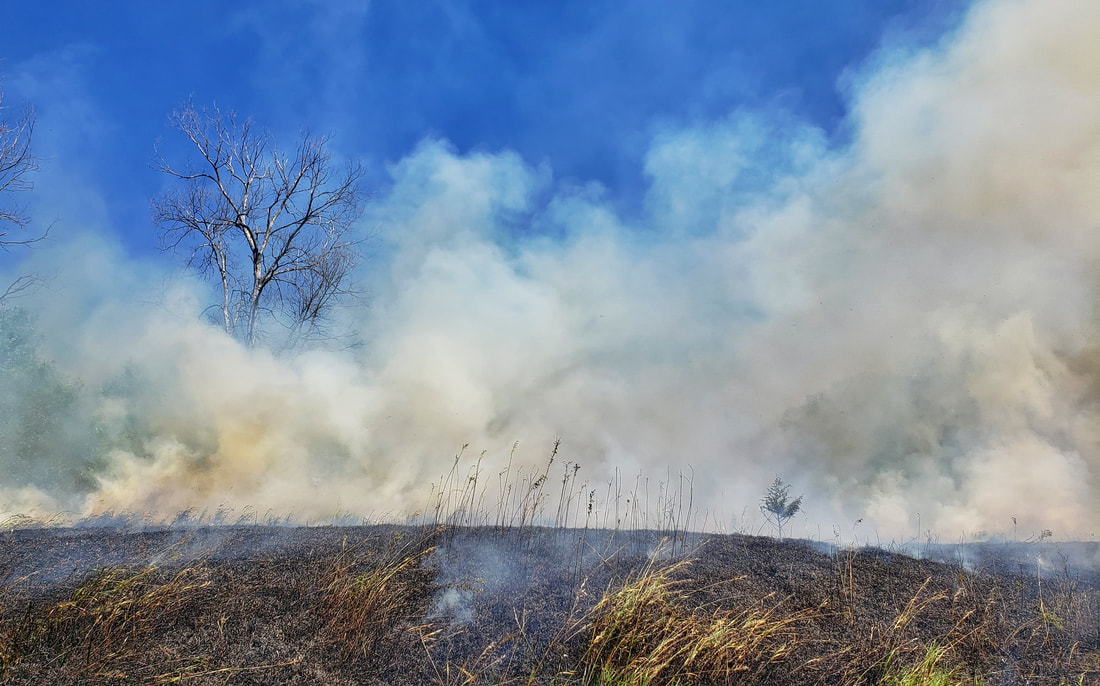
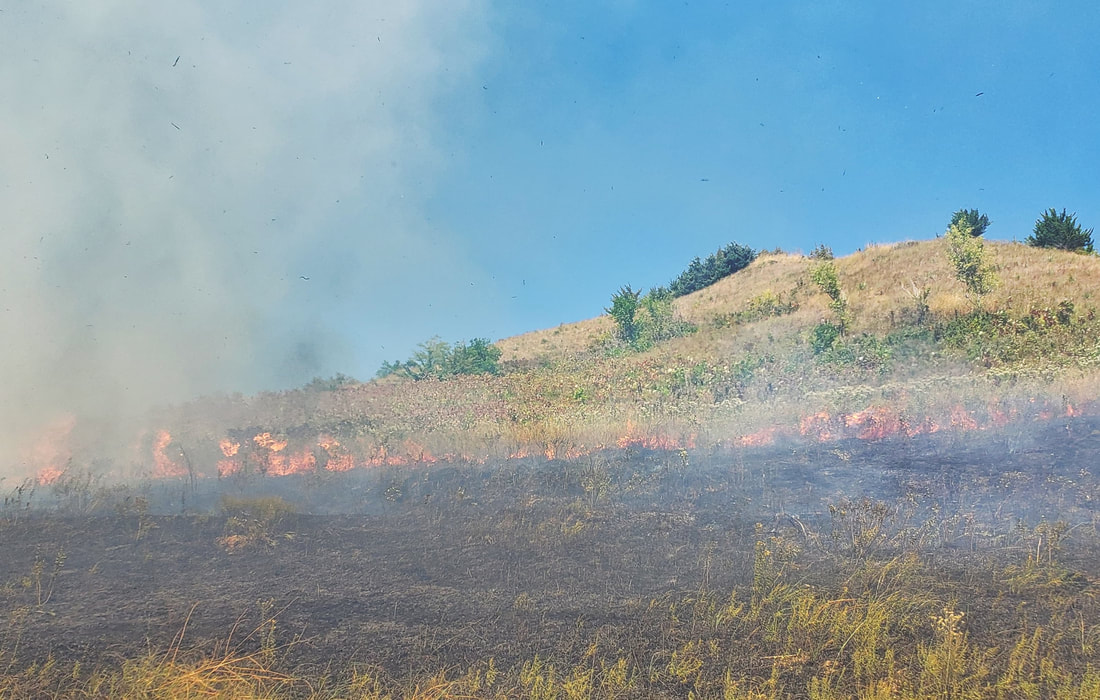
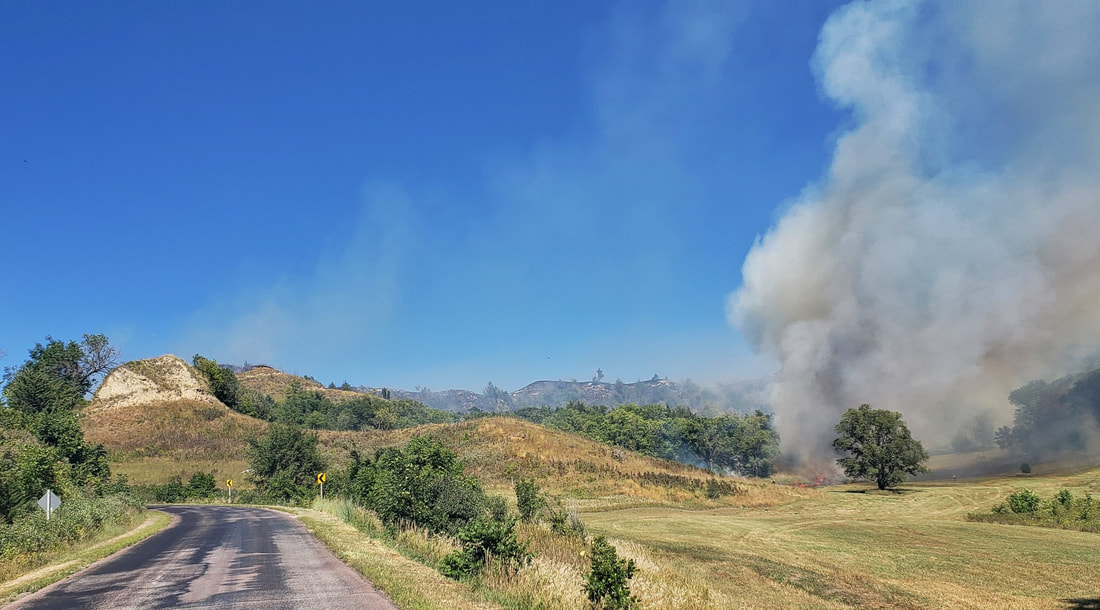
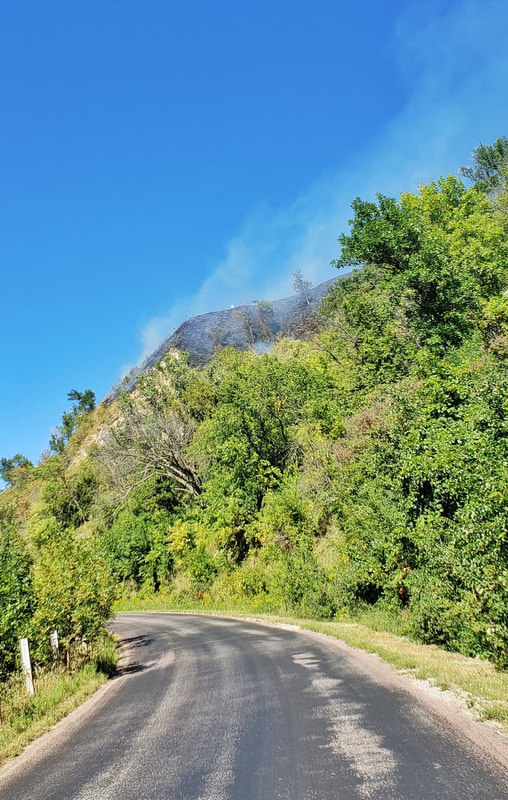
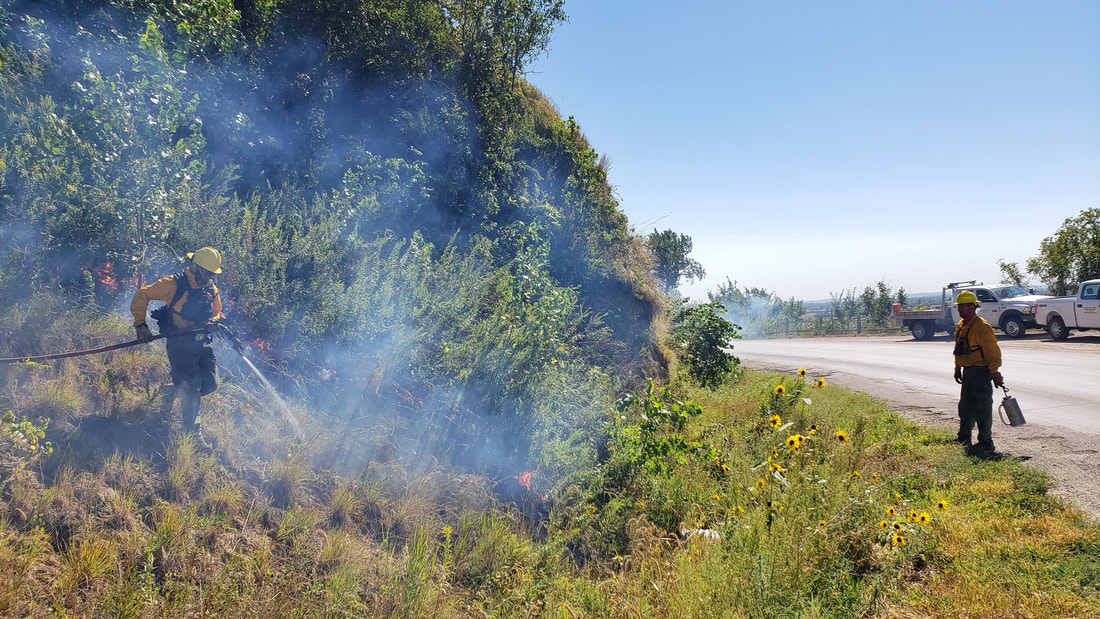
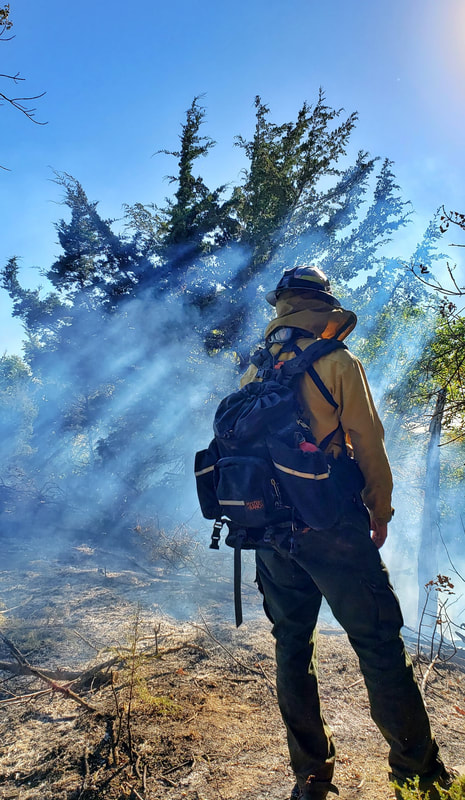
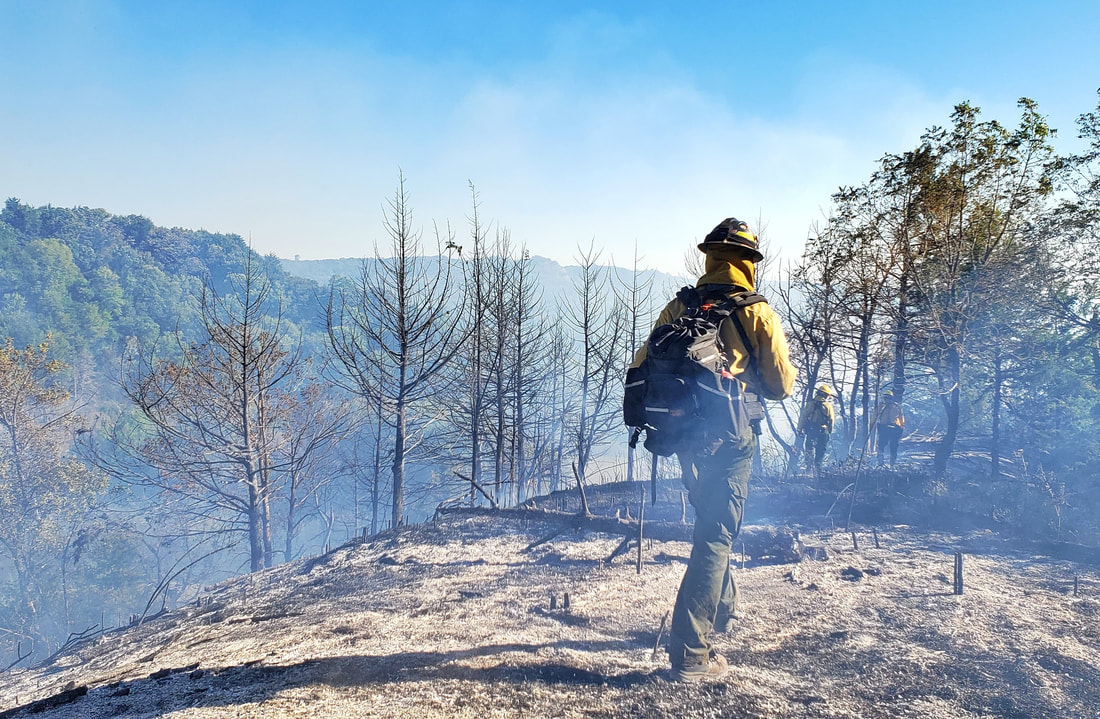
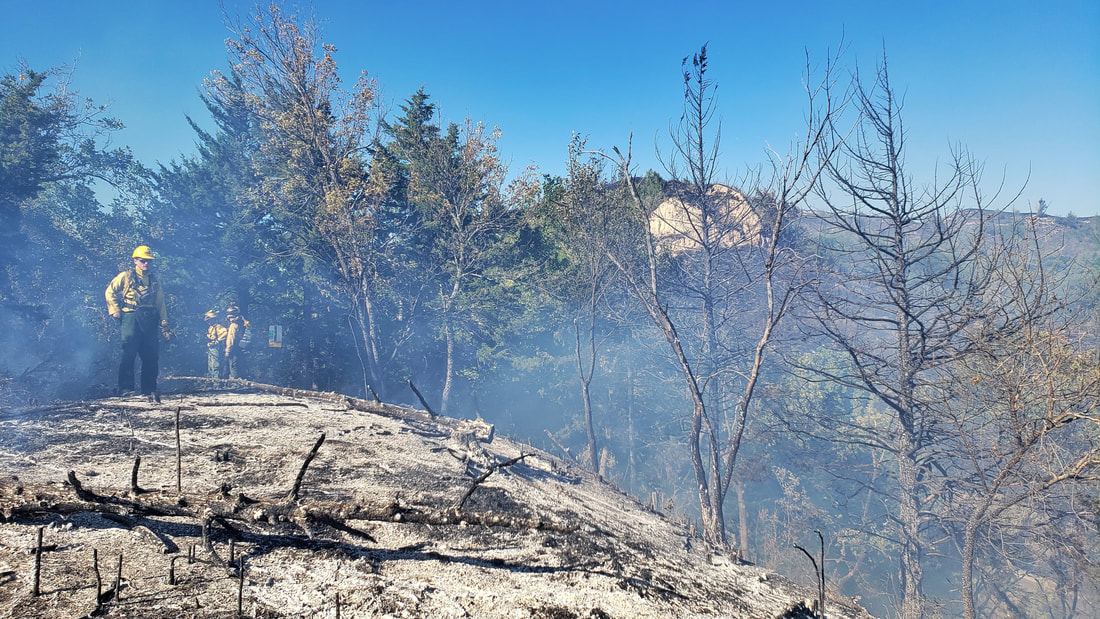
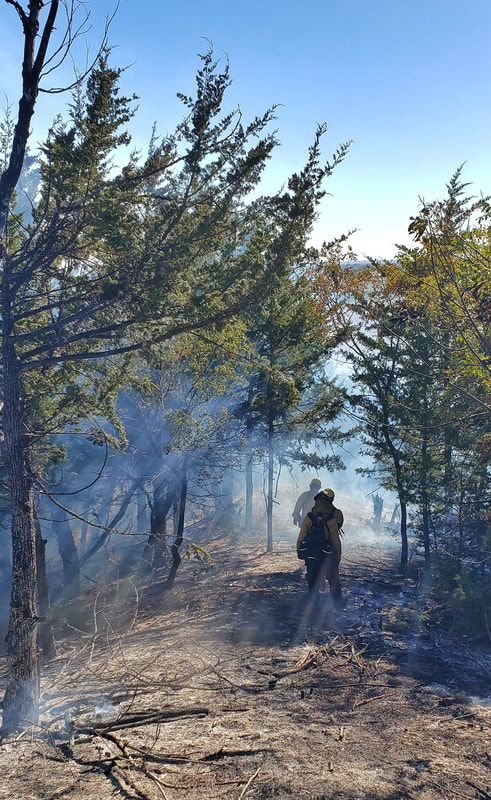
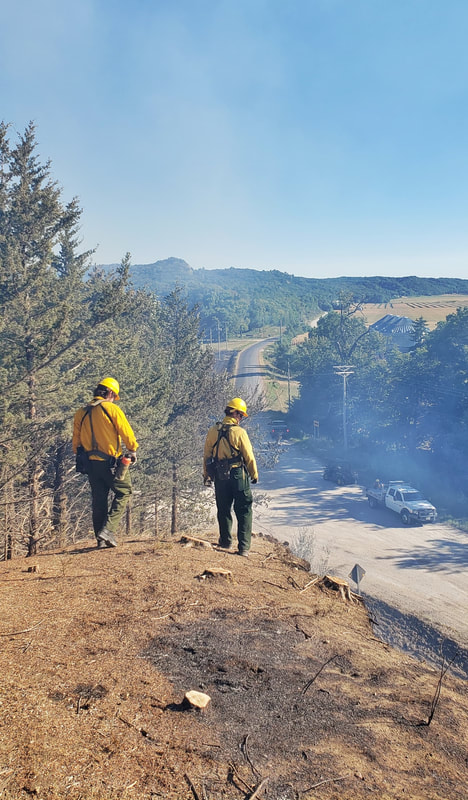
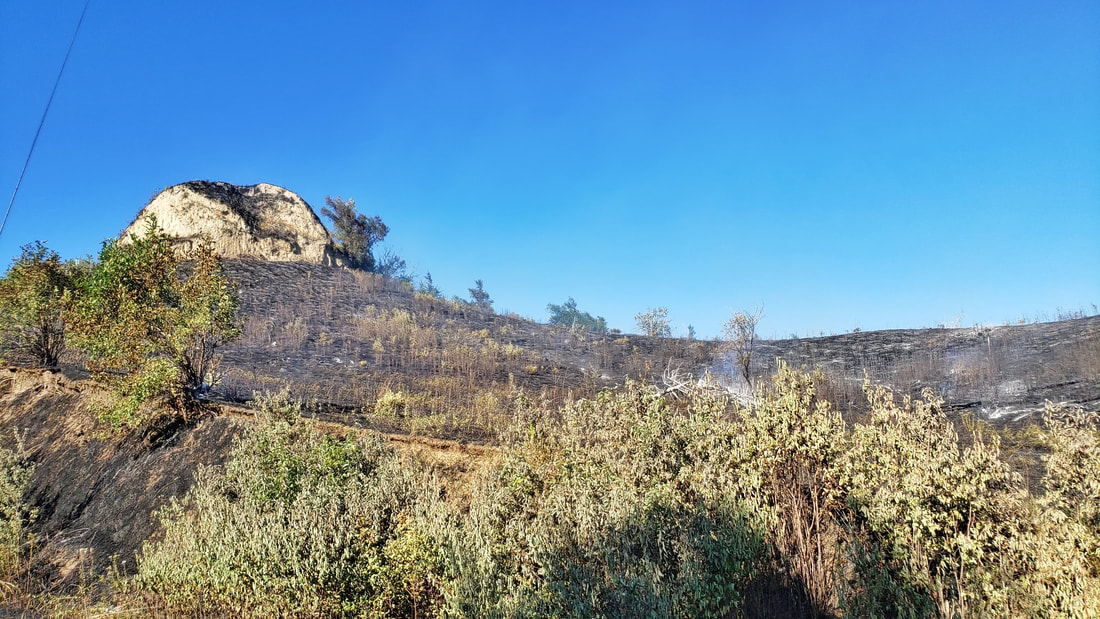
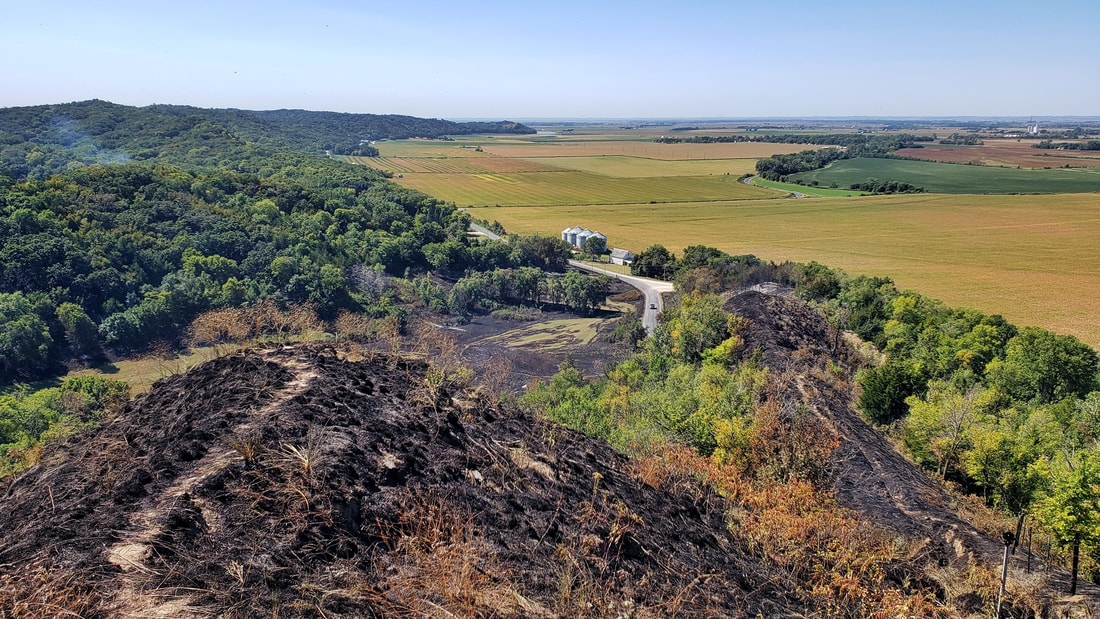
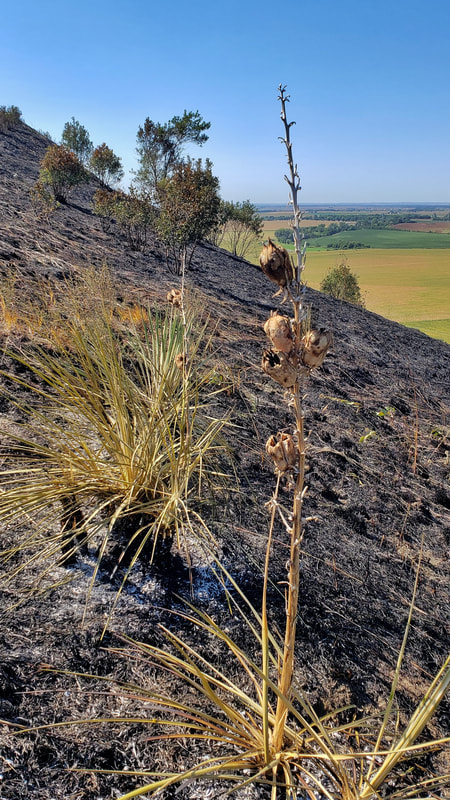
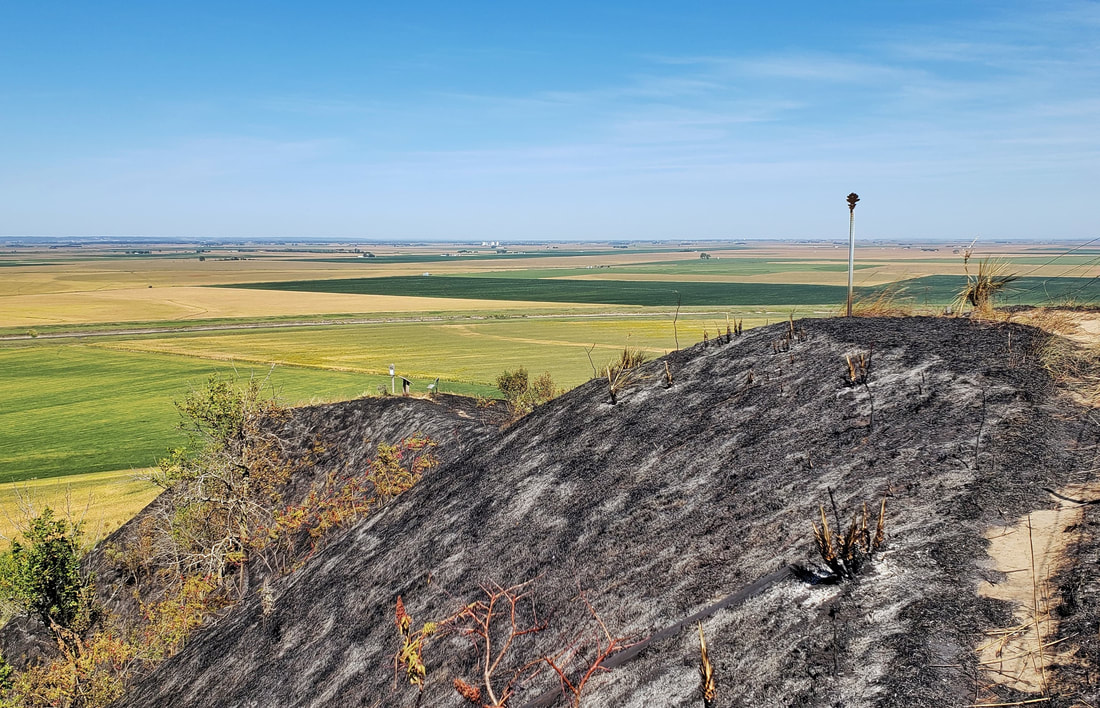
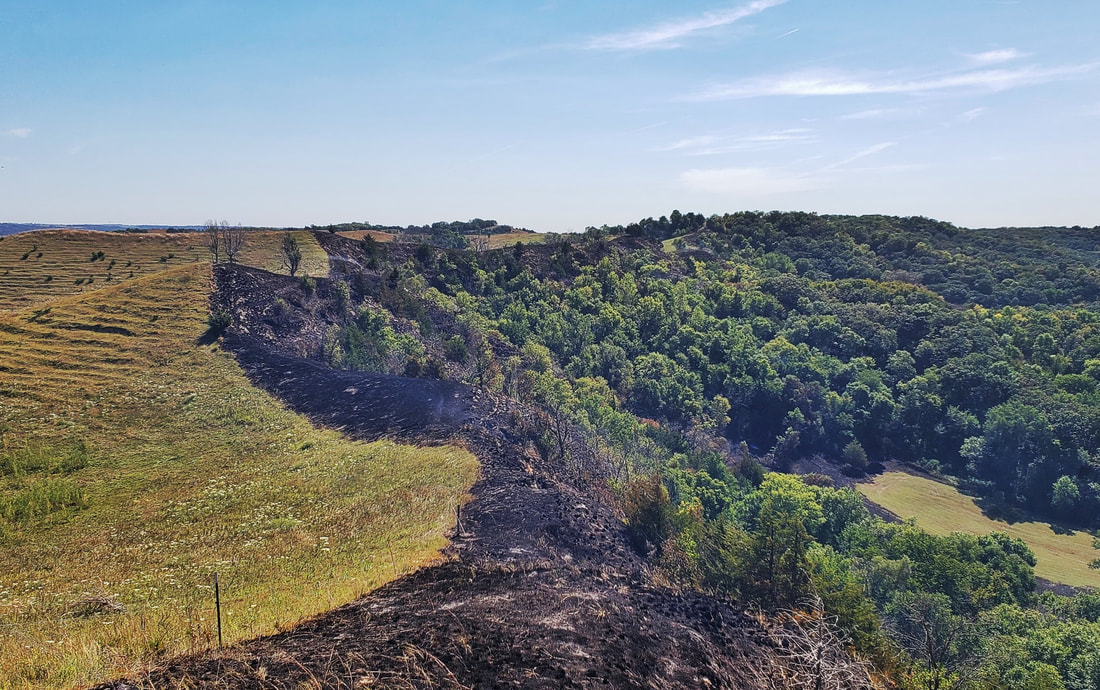
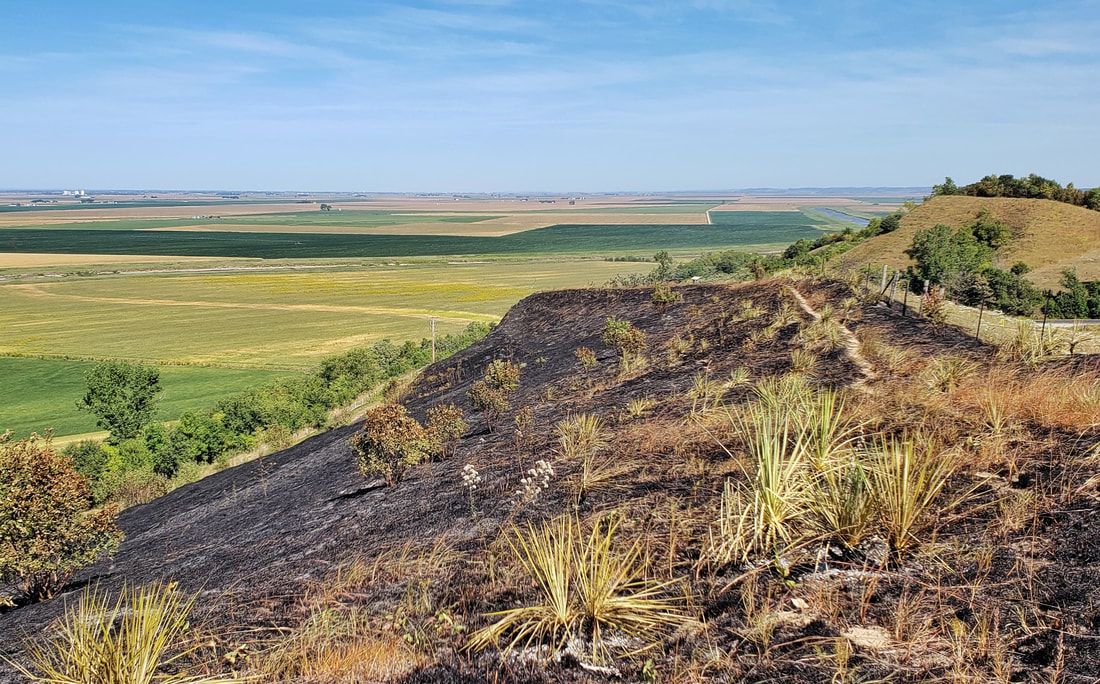
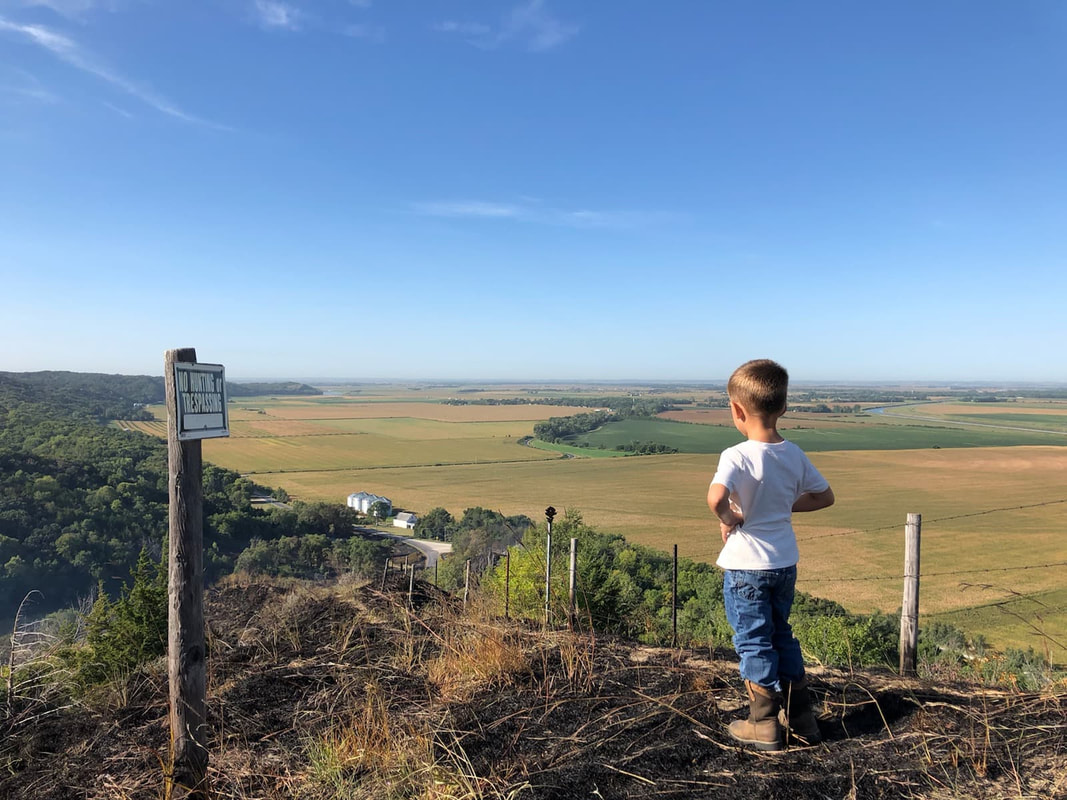
 RSS Feed
RSS Feed